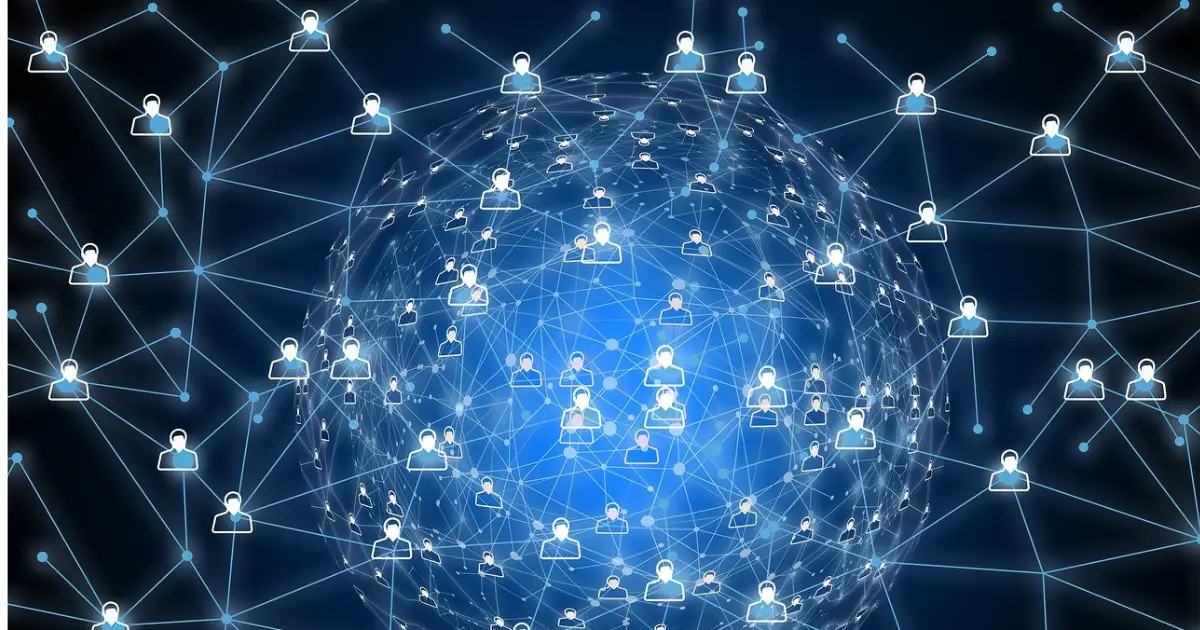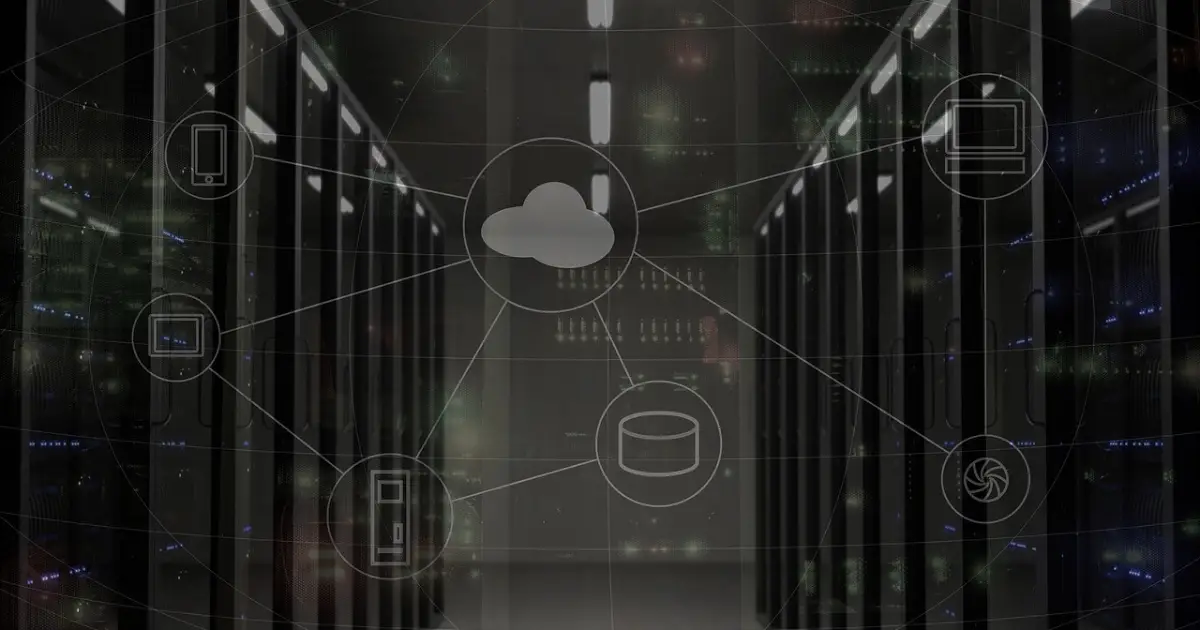focus notes


There are mainly three types of system development methods: open system, web system, and general-purpose system! Features also explained

table of contents
“What types of system development are there?”
“How can I realize the system I want to develop?”
When developing a system, you may be faced with the problems mentioned above. System development can be broadly divided into three types: open systems, web systems, and general-purpose systems.The key to success is to make a selection after fully understanding the characteristics and advantages of each.
Therefore, in this article, we will explain the characteristics, main programming languages used, benefits, and specific examples of each system development. If you are worried that you would like to proceed with system development, but are not sure what types are available, please refer to this.
Type of system development 1 | Open system
First, I will explain open system development.
- What is an open system?
- Languages used in open systems
- Advantages of open systems
- Examples of open systems
What is an open system?
Open systems are systems that focus on cooperation and integration between different hardware and operating systems.In other words, it is a system designed to work well with products from different manufacturers and operate without problems. It's similar to how smartphone apps (systems) basically work with smartphones (products) from any manufacturer.
For this reason, one of the most notable features of open systems is that they make it easier to avoid vendor lock-in*.
*Vendor lock-in is a situation where dependence on a specific vendor makes it difficult to migrate to another vendor.
Open systems are highly scalable and flexible systems. Since you have more options when building a system, such as technology, it becomes easier to develop a system that is more in line with your company's objectives.
Languages used in open systems
There is a wide range of languages used in open systems.One of the reasons why open systems are so popular is that there are many languages available. The main languages are as follows.
| Example of language used | Features |
|---|---|
C++ | Often used in general-purpose development in open systems |
C# | Compatible with Microsoft and Windows products |
Ruby | Used for application development, data analysis, etc. |
*The language used will change depending on the development purpose and situation. The above languages may also be used for other system development.
C++ is a language that extends the functionality of the basic C language, making it an extremely versatile language. Because C++ can be implemented in a wide range of areas, it is often used for general-purpose development of open systems.
C# is a general-purpose, multi-paradigm programming language developed by Microsoft. It has a syntax similar to C++ and Java, and is easier to use than C++, requiring less programming.
Ruby is an object-oriented* programming language.
*Object-oriented is an approach that clarifies the interactions between individual elements and attempts to construct an entire system by combining them.
Ruby is very concise and intuitive, with a focus on syntax readability and ease of writing. This makes it easy for even beginners to understand and write code efficiently. It is used in various fields such as web applications, web services, smartphone applications, and games.
Advantages of open systems
The advantages of an open system are as follows:
- Reduce development and operational costs
- Easy to expand and upgrade the system
Since open systems use open source software, costs for system development, construction, and operation management can be reduced. In the first place, open source software is software that anyone can use freely, and there are basically no license fees or support fees. Although it requires a certain level of knowledge and experience, it can significantly reduce development and operational costs.
Also, one of the main objectives of open system design is to maintain compatibility with various hardware, software, and networks. In addition to the high level of interoperability between different systems mentioned earlier, the ease of system expansion and upgrades can be said to be an advantage. Standardized interfaces make it easier to expand and upgrade your system. Incorporating new technologies and components into existing systems generally does not require major changes. The ability to flexibly respond to future technological changes is a major advantage. Depending on your purpose, you may be able to use it for a long time with relative peace of mind.
Examples of open systems
Many business systems are developed in open systems.
- accounting management system
- Order management system
- customer management system
- production management system
- Internal SNS
- groupware
A typical example would be a core system like the one above. Even if a company has a unique business process, it can be developed to suit the company's internal circumstances, so it can be modified into a system that is easy to use.
In addition, by combining open sources in a smart way, it is possible to develop tools for internal communication. If you use a communication tool that is only for internal use, you can reduce the risk of inadvertently leaking internal information to outside parties. It would be useful if it could be expected to improve security as well as encourage active communication.
Based on the above, open systems are best used for developing business management systems within companies.
System development type 2 | Web-based
Next, I will explain about web system development.
- What is a Web-based system?
- Languages used in web systems
- Advantages of web-based systems
- Specific examples of web-based systems
What is a Web-based system?
As the name suggests, web systems refer to applications and services that operate on the Internet and are accessed through a web browser.All systems that are used via the Internet, such as websites, web applications, and smartphone apps, are classified as web-based systems.
Its main feature is that it can be used anywhere and anytime as long as you have a device and an internet connection. Simple examples include e-commerce sites and travel reservation systems. It can be said that the system format is easy to use not only domestically but also from overseas.
Languages used in web systems
The following languages are used in web systems:
| Example of language used | Features |
|---|---|
Java | Languages frequently used for app development in addition to web development |
JavaScript | A language that allows you to dynamically decorate sites on your browser. |
PHP | A server-side language that dynamically decorates the browser |
*The language used will change depending on the development purpose and situation. The above languages may also be used for other system development.
Java is one of the programming languages used around the world. Java supports multithreaded programming, which allows programs to run efficiently by running multiple threads at the same time.
JavaScript refers to a programming language that is widely used to make web pages dynamic and interactive. It is used for a variety of purposes, including basic website functions, animations, form input checks, and games.
PHP is another programming language that is widely used in developing web applications and websites. Due to its ease of use and suitability for web development, PHP is widely used in the back-end development of many websites and applications.
Advantages of web-based systems
The advantages of web-based systems are as follows.
- Compatible with multiple devices
- Centralize updates and maintenance
Web-based systems are operated on a server. There is no need to build a system for each device or platform. Therefore, it can be used on multiple devices. Basically, any device can be used as long as it has a browser installed and is connected to the Internet.
Another advantage of web-based systems running on servers is that updates and maintenance can be centrally managed. Even if system specifications change or a problem occurs, all you have to do is check the problem on the server and modify the source code.
In the first place, system development does not end with the completion of development. Since continuous maintenance and updates are required, a web-based system that can be centrally managed is highly convenient for post-development operations.
Specific examples of web-based systems
Specific examples of web-based systems are as follows.
- Reservation services for restaurants, salons, etc.
- Payment services for salons, shopping sites, etc.
- Net banking
- Matching Service
- blog service
- EC site
- Cloud services such as SaaS
The above is an example. There are many different types of web systems that people use on a daily basis. In fact, when developing a system, you may be surprised and wonder, ``This function was also web-based...!''
Although web-based systems are generally intended for an unspecified number of users, they are also used for business systems. A typical example is a core system that uses a user license system and uses a cloud service.
Based on the above, web-based systems are best used for developing platforms that sell products and services over the Internet.
Type of system development 3 | General-purpose system
Finally, we will explain general-purpose systems.
- Characteristics of general-purpose systems
- Languages used in general-purpose systems
- Advantages of general-purpose systems
- Specific example of general-purpose system
Characteristics of general-purpose systems
A general-purpose system is a system that is built into a general-purpose machine*.
*A general-purpose machine is a computer system that can perform various types of calculation processing and applications. Also called mainframe.
Basically, it is a system that can be applied to a wide range of applications, rather than being specialized for specific tasks or applications. Examples include business data processing, complex calculations, and database management. General-purpose systems support a variety of operating systems and applications, and can be used for a wide range of purposes regardless of industry or business content.
The most important feature of such general-purpose systems is their ability to process large amounts of data at high speed. This is because general-purpose machines designed specifically to process large amounts of data at high speed are used, and COBOL, a programming language specialized for office processing, is often used. Details of COBOL will be explained later.
Languages used in general-purpose systems
The following languages are used in general-purpose systems:
| Example of language used | Features |
|---|---|
COBOL | A language specialized for office processing that is often used in existing general-purpose systems |
FORTRAN | A language for numerical calculations called the world's first high-level language* |
Python | A language that automatically translates programs written by humans into a language that computers can understand and execute. |
*Computer language/syntax that is easy for humans to understand
*The language used will change depending on the development purpose and situation. The above languages may also be used for other system development.
COBOL is a programming language designed for office processing. In addition to processing large amounts of data, we specialize in administrative processing such as monetary calculations. It is also good at processing decimal points, so it will be useful in system development that is difficult to handle with other programming languages.
FORTRAN is a programming language specialized for scientific and technical calculations. The language has built-in functions that can be conveniently used for numerical calculations, such as built-in functions and complex numbers. It is often used especially in the fields of mathematics and engineering.
Python is a high-level general-purpose programming language. It is used in many situations due to its concise and easy-to-read syntax, standard library, and wide range of applications. It is used for a wide range of purposes, including web development, data science, artificial intelligence, scientific calculations, and automation scripts.
Advantages of general-purpose systems
The advantages of a general-purpose system are as follows:
- Highly versatile
- High stability
General-purpose systems are set up so that a single system can cover multiple functions and tasks. By using software suited to each field, it is believed that a wide range of business processes can be handled. Since a single system can cover multiple tasks, it is also expected that the costs associated with introducing and maintaining the system can be reduced.
General-purpose systems also tend to be highly stable. We will give specific examples later, but general-purpose systems are mostly used for business that requires stable operation 24 hours a day, 365 days a year. They are often designed to have two or more important components so that even if one of them breaks down, the other can continue to operate the system. Some systems also have the ability to automatically diagnose and repair problems. For these reasons, general-purpose systems tend to be more stable than other systems.
Specific example of general-purpose system
General-purpose systems are basically highly confidential and important, and are used in situations where huge amounts of data must be processed quickly.Some concrete examples include:
- bank accounting system
- Administrative social security benefit system
- Other core systems in government offices
- Railway operation management system
- Airline reservation system
A bank's accounting system is a system that primarily performs accounting processing. A familiar example is a system that processes and records the flow of deposits and savings when withdrawing money from an ATM.
The government's social security benefit system is used for offline and online application services. The main purpose would be to record whether the benefits were paid correctly.
In addition, core systems in government offices are systems that handle information such as family registers and welfare-related information managed by local governments. It plays an important role in supporting the provision of public services, administrative management, and communication with citizens.
A railway operation management system is a system that manages the most important operation of a railway. It is said that the trains are centrally controlled based on the planned timetable.
Aircraft reservation systems are also operated on a general-purpose basis. It can be said that the amount of data is enormous, as it includes not only data such as how many people made reservations for which flights, but also seat assignments.
For these reasons, general-purpose systems are best used for developing systems that require large-scale computing and data processing capabilities.
Frequently asked questions regarding system development methods
We will introduce answers to frequently asked questions about system development methods.
- What are control systems, embedded systems, and mobile systems?
- What is system development in the first place?
What are control systems, embedded systems, and mobile systems?
The characteristics of control systems, embedded systems, and mobile systems are as follows.
| Development name | Features |
|---|---|
control system | Precisely control your equipment |
embedded system | Add functionality to equipment |
Mobile type | works on mobile |
A control system literally refers to a system that controls the functions installed in a device to operate appropriately. This control system is used to adjust the functions of each electrical product to its intended purpose.
Embedded systems refer to systems that are built into independent devices such as washing machines, rice cookers, microwave ovens, and cars equipped with self-driving systems, to give familiar examples. It is built into the device to perform the operations required for product functionality.
Mobile systems refer to systems that run on smartphones and mobile phone browsers. It is used to develop applications in a wide variety of genres, including business, entertainment, education, and health management.
What is system development in the first place?
System development refers to the design, implementation, testing, and deployment of software and hardware to meet specific business requirements and user needs.Simply put, it is synonymous with creating an information system with new added value. By creating new systems, we solve issues and problems faced by individuals and organizations.
Specific examples of system development include the accounting management system and production management system mentioned earlier. If these are processed manually, errors such as input errors and oversights are likely to occur. Also, inputting data itself cannot be considered a core business. If you take time away from your regular work, it will indirectly lead to a decrease in productivity.
Systems are developed to solve these problems. In the case of accounting management systems and production management systems, the following effects are expected from system development:
- Invoice details can be automatically entered in the accounting system
- Automatically update and manage production figures
Achieving automation and efficiency will make it easier to solve corporate issues.
For details about the system development process, please refer to the following article.
What is the system development process? Explanation of the different types, such as flow and waterfall model
summary
So far, we have explained the types of system development. The type of system development that you should choose depends on the purpose of the development. By choosing the appropriate development method, you will be one step closer to your ideal system.If you are not sure which development method is best for your company, check the required programming language, benefits, and specific examples, and make a comprehensive decision.
However, you may still not be able to choose the method that is best for your company. Because making the right choice requires more knowledge and experience. Even if you can make a decision, it may turn out that it is difficult to implement it yourself. In that case, please feel free to contact us.
Achievements left behind
48 years since its establishment.
We have a proven track record because we have focused on what is important.
It has a long track record in both the public and private sectors.
Number of projects per year
500 PJ
Annual number of business partners/customers
200 companies
Maximum number of trading years
47 years
Total number of qualified persons
1,870 people






